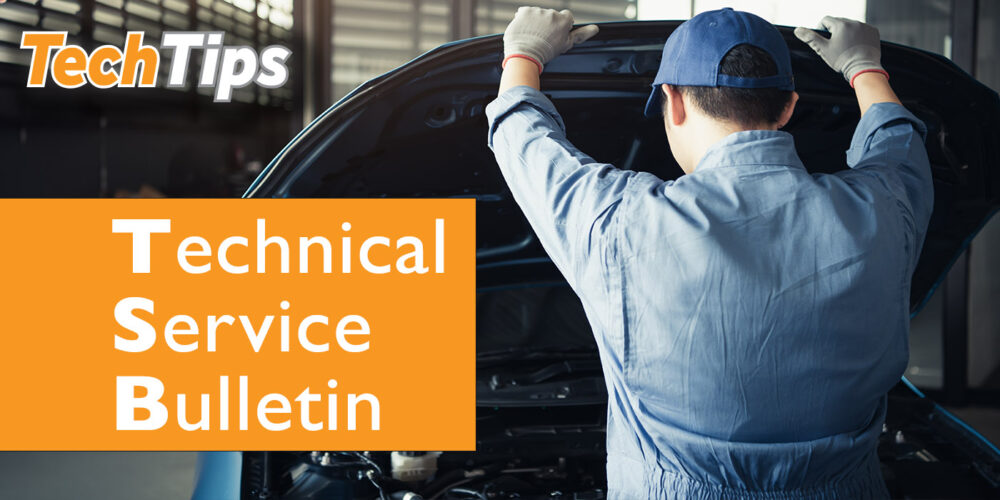QUESTION: What happens when fuel injectors get dirty?
ANSWER: The engine may experience a variety of driveability and performance problems such as hesitation or stumble when accelerating, loss of power, rough idle, reduced fuel economy and increased emissions.
With electronic fuel injection systems, the air/fuel ratio is controlled by the powertrain control module (PCM). The PCM monitors engine speed, load and other operating conditions through its various sensors. Using these inputs, the PCM calculates how much fuel the engine needs and commands the injectors to spray a certain amount of fuel into the engine. The PCM does this by grounding each injector circuit for a predetermined length of time. The longer the length or duration of each injector pulse, the more fuel that injector sprays into the engine.
The injector pulses are also timed to coincide with the rotation of the crankshaft. Each injector may squirt once every revolution of the crank, or every other revolution of the crank depending on the application. On older EFI systems, all the injectors are usually triggered simultaneously. But on most newer “sequential” EFI systems, each injector is pulsed individually just as the intake valve is about to open. The duration of each injector pulse can also be varied between cylinder firings to adjust the air/fuel mixture. All this, of course, is based on the assumption that all the injectors are clean and deliver their normal doses of fuel with each pulse.
The actual volume of fuel that each injector delivers depends on four things: 1) fuel pressure (which is maintained within a certain range by the fuel pressure regulator), 2) intake vacuum (which changes with engine load), 3) the on-time of each injector pulse (which the PCM varies depending on engine speed and load), and 4) the size of the orifice in the injector spray nozzle (which is fixed).
When dirt or fuel varnish deposits build up in the injector orifice, it creates a restriction that reduces the amount of fuel delivered with each squirt. Dirty injectors, therefore, run lean and don’t deliver as much fuel as the engine needs. This creates the lean fuel condition that can cause misfires, loss of performance and increased emissions.
What’s more, the deposits in the nozzle disrupt the injector’s normal spray pattern, which is very important for proper fuel atomization and clean combustion.
If the situation is bad enough to cause a significant number of misfires or loss of power, the onboard diagnostics in the PCM may set one or more diagnostic trouble codes and turn on the Check Engine Light (Malfunction Indicator Lamp or MIL). Misfires may also cause the MIL to flash or come on momentarily while the vehicle is being driven.
A P0300 random misfire code is typically an indication that the engine is running lean. A P0171 lean code is another telltale sign that the engine is not getting enough fuel. The cause may be dirty fuel injectors, or something else, such as a vacuum leak, low fuel pressure or a dirty mass airflow sensor. In any event, the problem needs to be diagnosed and repaired to restore normal performance and fuel economy. And if the vehicle has to take an emissions test, it won’t pass if there are any codes present regardless of cause or effect.
It doesn’t take much of a restriction in an injector to lean out the fuel mixture. Only an 8 to 10 percent restriction in a single fuel injector can be enough to upset the air/fuel mixture and cause misfires.
In turbocharged engines, dirty injectors can have a dangerous leaning effect that may lead to engine-damaging detonation and/or preignition.













